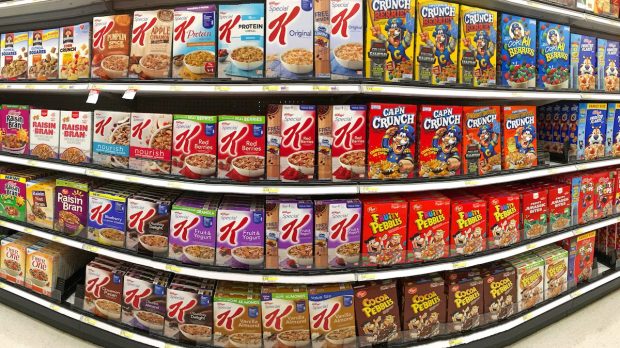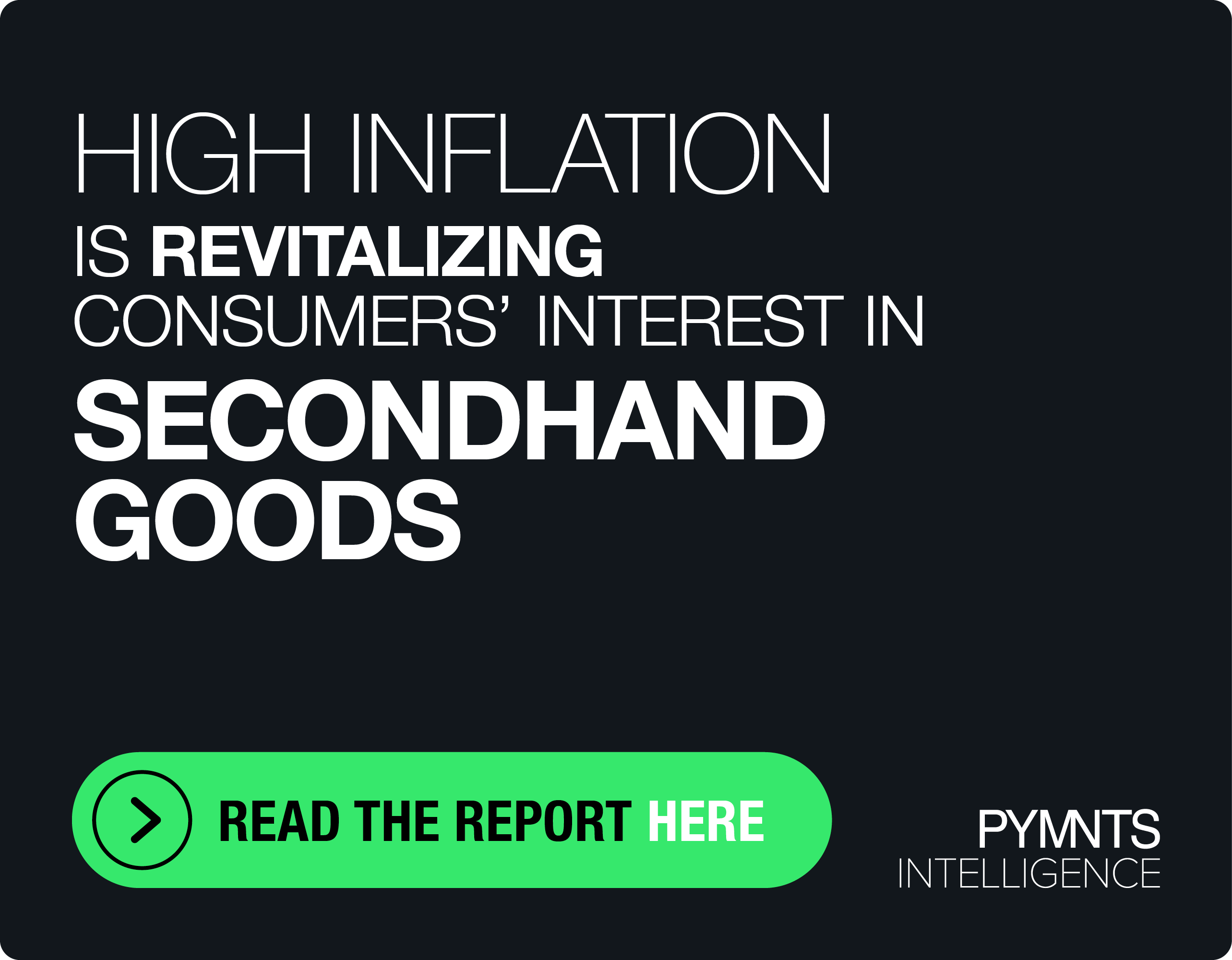Pensa Helps Consumer Packaged Goods Brands Gain Shelf Visibility

If you work in the consumer packaged goods (CPG) world, you’re worried about “shelf facings.”
That’s a term for the number of units of a product that can be seen from the front of a shelf in a retail store. As you might imagine, this is highly sought-after real estate.
Pensa Systems, an Austin-based provider of “automated retail shelf intelligence,” announced in a Tuesday (Dec. 27) press release that it has a solution to help CPG brands increase revenue via better retail shelf facings optimization.
“Traditionally, facings allocation has been determined based on rough estimates of relative sales volume and velocity derived from backward-looking point-of-sale (POS) data,” Pensa said in the release. “Brands often couple POS data with artificial shelf scenario simulations to estimate shelf performance.”
The company said in the release POS data isn’t always helpful. Slow product sales could mean an item just isn’t selling, or it could be a sign the product is often out-of-stock.
Pensa deals with these issues by offering “a continuous view of actual products on the retail shelf across a wide range of stores and deployed shelf configurations,” the release stated.
By correlating on-shelf product availability with the number of facings per product, the company “applies the concept of pricing elasticity to facings” to come up with “the optimal number of facings by category and by product to maximize revenue without allocating space for one product at the expense of other products.”
Pensa is rolling out its new solution ahead of what PYMNTS has referred to as “The Year of Grocery Shopping.”
“As inflation causes consumers to crimp spending, grocery shopping is seen coming out on top,” PYMNTS wrote earlier this month.
With many consumers easing back on unnecessary purchases, the value proposition offered by supermarkets — to meet people’s crucial daily food needs at much lower prices than restaurants — has become even more appealing to cash-strapped shoppers.
Research from the latest edition of PYMNTS’ Digital Divide study, “The 2022 Restaurant Digital Divide: Restaurant Customers React to Rising Costs, Declining Service,” which drew from a survey of 2,378 U.S. restaurant patrons, showed that a third of all diners are purchasing from restaurants less often.
At the same time, inflation has also driven consumers to shift more of their overall spending to groceries, instead of just money earmarked for food. Sixty-one percent of consumers bought almost exclusively daily essential items like fuel, health products and food in March, according to the April edition of PYMNTS’ ConnectedEconomy Monthly Report. Since then, inflation has only gone up, leading even more consumers to focus on the basics.
For all PYMNTS retail coverage, subscribe to the daily Retail Newsletter.
